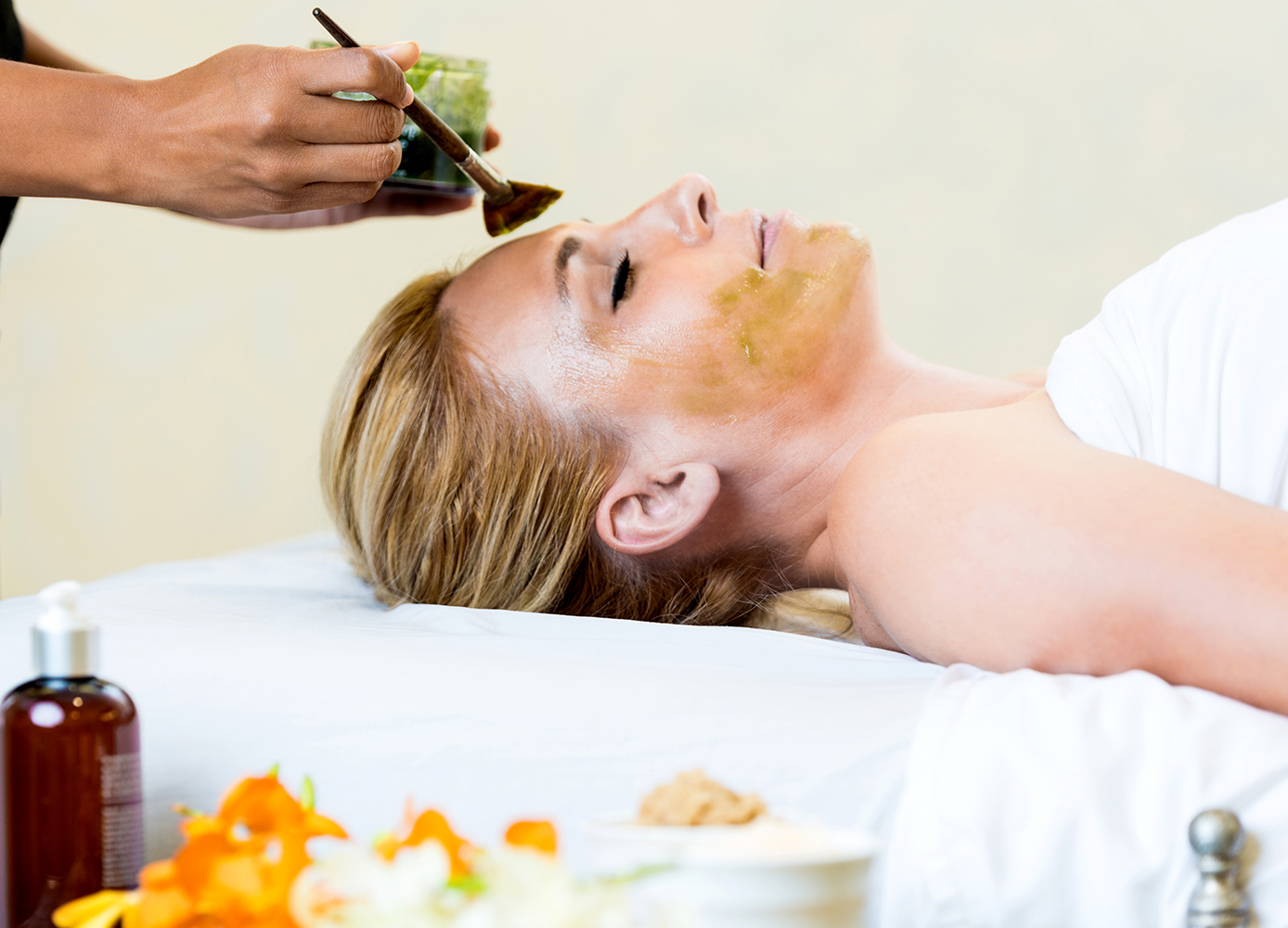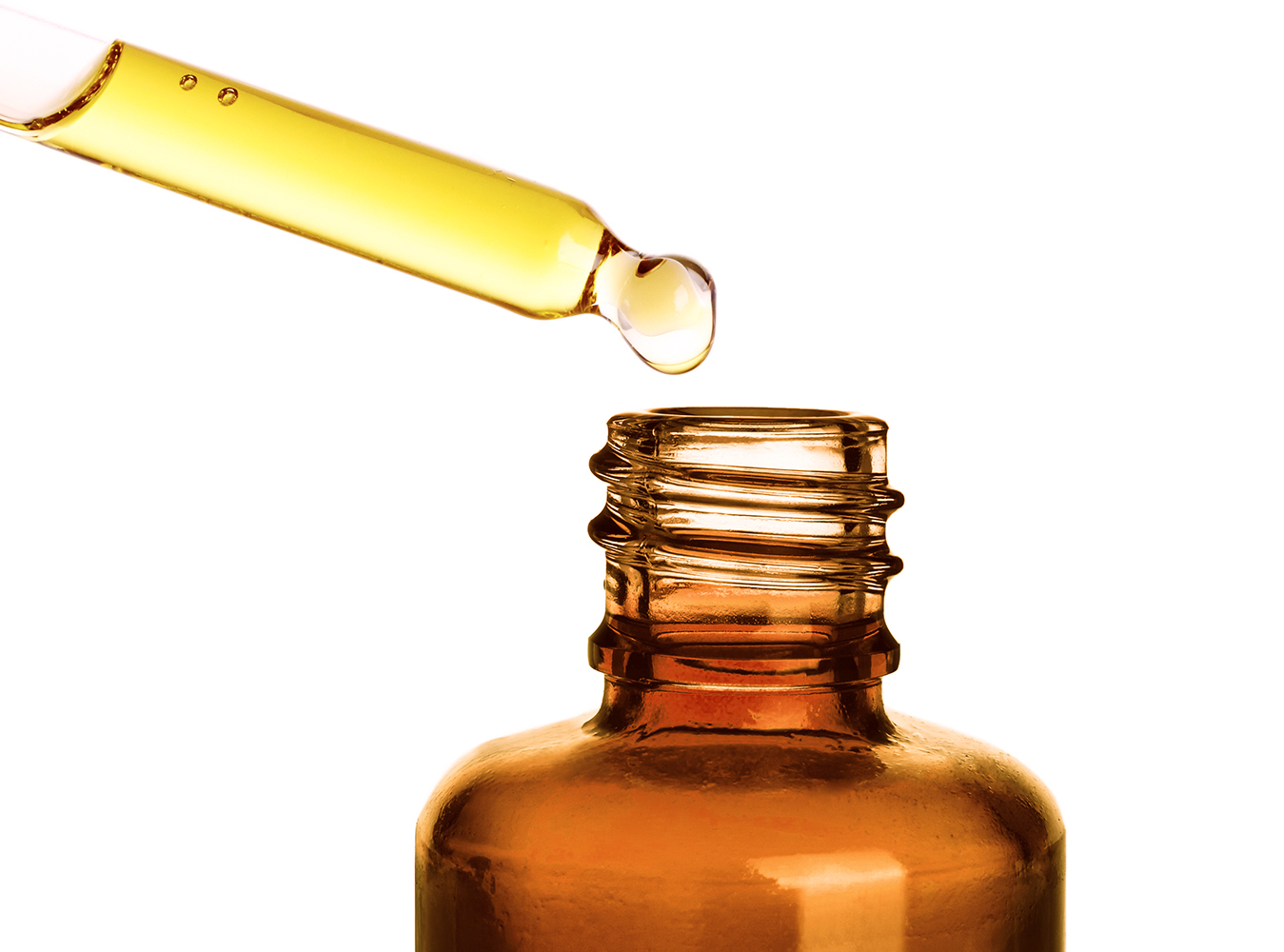It’s good for your skin, but don’t overdo it
By Katrina Caruso
We often hear that we should exfoliate our skin once a week. In case you think that’s just something marketers say so you’ll buy yet another product, here’s the scoop.
The epidermis (the top layer of skin) naturally sheds about once a month, but skin renewal slows down over time, and the process is slower in those with dry skin. By exfoliating, you speed up the process of renewal.
There are two types of exfoliants that you can buy: physical exfoliants (scrubs) and chemical exfoliants (acids).
Scrubbing the skin can add brightness to the face, while removing dry areas and flaky skin. However, products with plastic micro-beads are now being phased out because they’re bad for the environment. If you like physical exfoliants, you can make your own at home using sugar or oatmeal. As well, the Clarisonic and other facial brushes, or even face cloths, can physically exfoliate. But physical exfoliants can be abrasive and cause micro-tears in the epidermis, so it’s best to go easy on the scrubbing. If you do it, be gentle.
Chemical exfoliants loosen the epidermis’ dry cells without causing tears. Like physical exfoliants, they shouldn’t be used every day—once or twice a week is best. There are two types: alpha hydroxy acids (AHAs) and beta hydroxy acids (BHAs). BHAs are typically used to treat acne and oily skin, whereas AHAs are typically used to treat dryness.
The main two types of AHAs are lactic acid and glycolic acid, but there are many other acids out there. These acids help to hydrate to the skin. Glycolic acid is also said to help produce collagen.
If you want to start using a chemical exfoliant, I recommend looking into The Ordinary, a Canadian company that offers affordable products with single ingredients.
A final word: if you start using an acid, be sure to include some SPF in your skincare routine, even in the winter, as they make skin more sensitive.
Photo: iStock/Steve Debenport.




